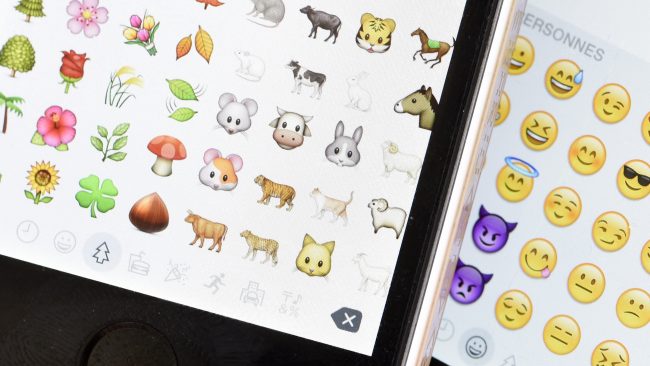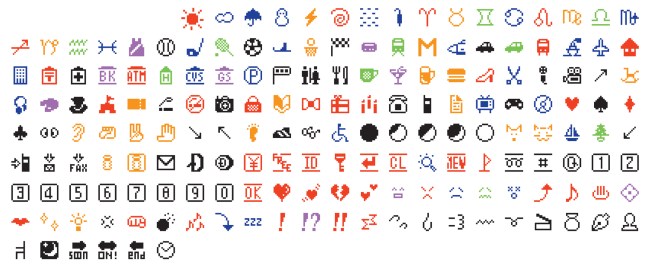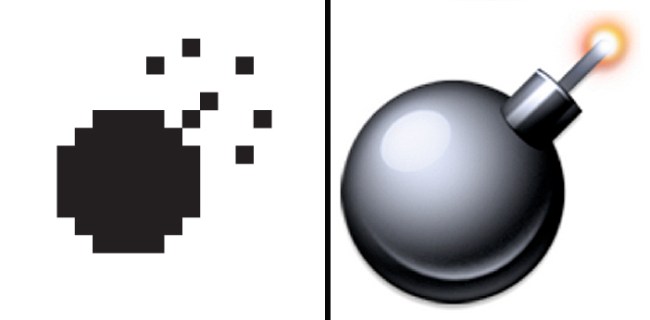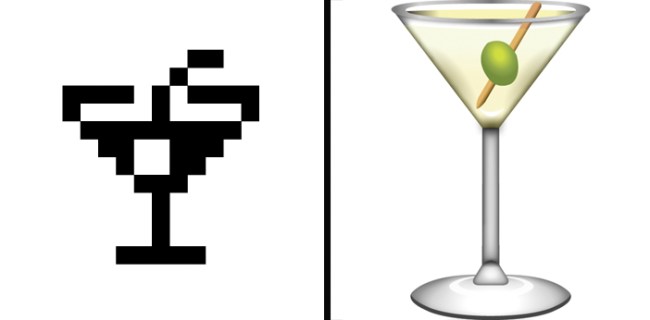
An art collection in your pocket, courtesy of the Museum of Modern Art. The art museum recently acquired the set of 176 ancestors to the now ubiquitous symbols known as emoji (if you’re wondering, “emoji” is both singular and plural). Added to the MoMA’s permanent collection, the group of pictographs is a far cry from the emoji we’ve come to know and love (or loathe).
Measuring 12-by-12 pixels, these black-and-white symbols were designed for cell phones in 1999 by Japanese national carrier NTT DoCoMo, under the supervision of Shigetaka Kurita. Although the monochromatic pictorials look like hieroglyphics compared to the sleek graphics on our phones today, the original set radically changed how the Japanese communicated—with the rest of the world close behind.


“Shigetaka Kurita’s emoji are powerful manifestations of the capacity of design to alter human behavior,” wrote Paul Galloway, MoMA’s design collection specialist, in a blog post. “The design of a chair dictates our posture; so, too, does the format of electronic communication shape our voice. ”
It would take more than a decade for emoji to popularize outside of Japan. Despite Google including the symbols on its email platform in 2006, it wouldn’t fully take off until the pictograms were translated into Unicode, allowing them to be shared between developers speaking different design languages. In 2011, Apple added a functionality that let iPhone users send emoji, sparking an explosion of the tiny symbols. Today, there are over 2,000 standard emojis in use.


Still, if you’re reading this and wondering if emoji qualify as art, you’re not alone. From cell phones to the “@” symbol, the MoMA has included what it believes are significant pieces of technology in its collection. And emoji are one of the most important. “Filling in for body language, emoticons, kaomoji, and emoji reassert the human in the deeply impersonal, abstract space of electronic communication,” Galloway said.
MoMa will be celebrating its recent acquisition of the original emoji with an installation opening in early December. The museum hopes to demonstrate the evolution and influence of emoji, providing guests with a chance to see them in a new way.
For a sense of how frequent the symbols are used, click here to track their use in real time. Want proof of how far emoji have seeped into our everyday lives? You can now do a Google Search using them. Watch how it’s done in the video below.
This article was featured in the InsideHook newsletter. Sign up now.






















